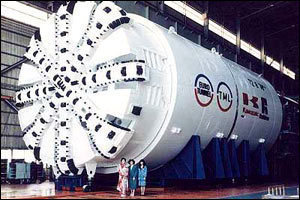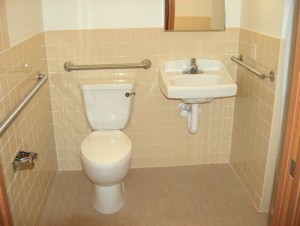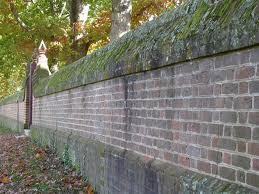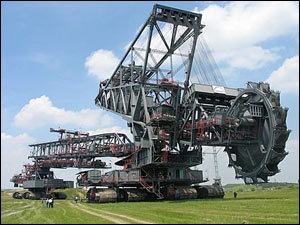Chicken Coop Dimensions
An enclosed place or a building where chickens are raised, a chicken coop is very important because the animals are prone to diseases 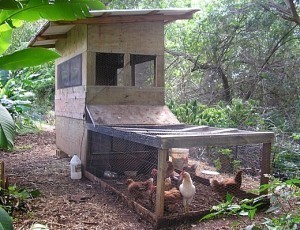 caused by poor weather and ventilation. In order to make sure that the animals will be properly raised, the place should have several perches and nest boxes. Aside from these, it is also essential that the place be near to an outdoor run. The exterior floor as well as the interior floor should be covered with different materials like wood chips and straw. Discussed below are the standard chicken coop dimensions and other tips on building a coop.
caused by poor weather and ventilation. In order to make sure that the animals will be properly raised, the place should have several perches and nest boxes. Aside from these, it is also essential that the place be near to an outdoor run. The exterior floor as well as the interior floor should be covered with different materials like wood chips and straw. Discussed below are the standard chicken coop dimensions and other tips on building a coop.
Measurements
The standard measurements of the place are based on the maturity of chickens that will be kept. For instance, a layer hen occupies two square feet inside the coop and eight square feet outside. The rooms where the chickens stay should have a distance of three square feet from each other. This means that if ten layer hens will be kept in the building, the coop should have at least 47 square feet inside and 80 square feet outdoor run. A bantam chicken occupy a square foot inside the building and four square inches outside. A large chicken should have at least two square feet space inside and ten square feet outdoor run.
Nests, Ventilation and Door
The ventilation system is important to the survival of chickens in the coop. To ensure that the place is well ventilated, install Styrofoam sheets between the ceiling and the walls. The sheets should measure 1.5 inches from the walls to the ceiling. Chicken nests should have a depth of 13 inches, a width of 12 inches and a length of 15 inches. The standard width of the door is 10 inches while the length is 13 inches.
Additional Tips and Other Important Details
To improve ventilation inside the building, you can paint the roof with white to reflect sun. It is also important to plant trees and plants around the coop because these can lower indoor temperature. Always use high quality and strong materials when making a coop. The animals inside the building should be safe from large predators like foxes and dogs. Additionally, it is essential to cover ventilation holes in order to prevent pests such as snakes, critters and rats from entering the building. The place should have a drainage system and enough walking space for feeders. Above all, when building a place for chickens, always remember to assign an area for laying hens and nests.
